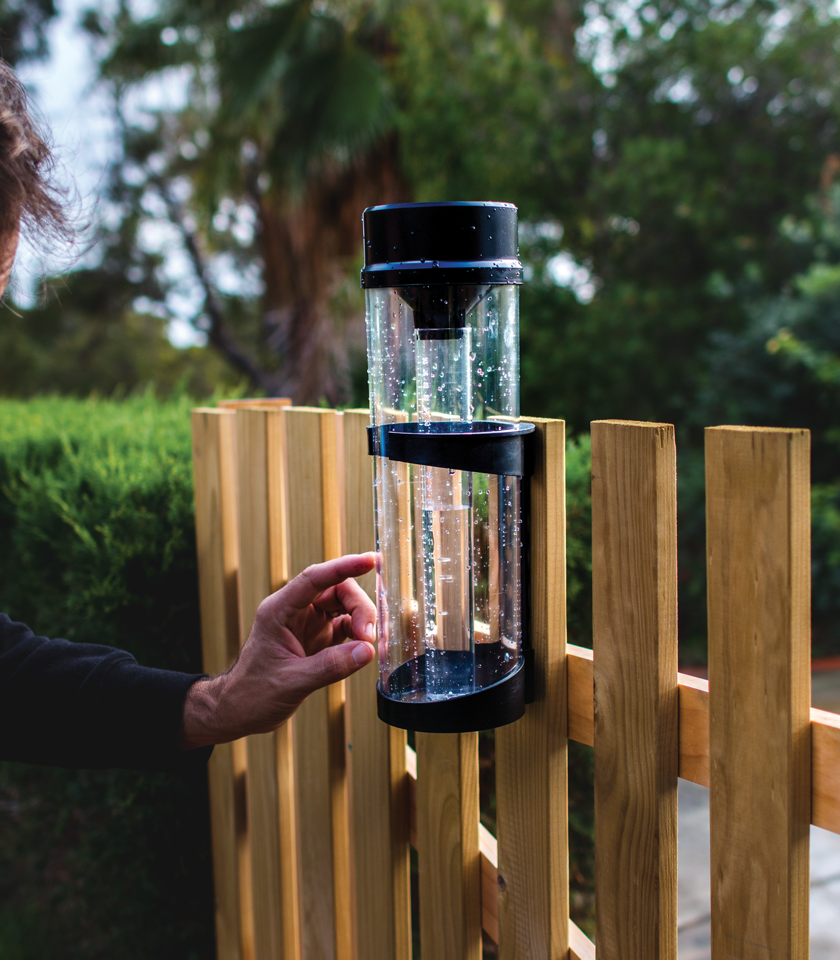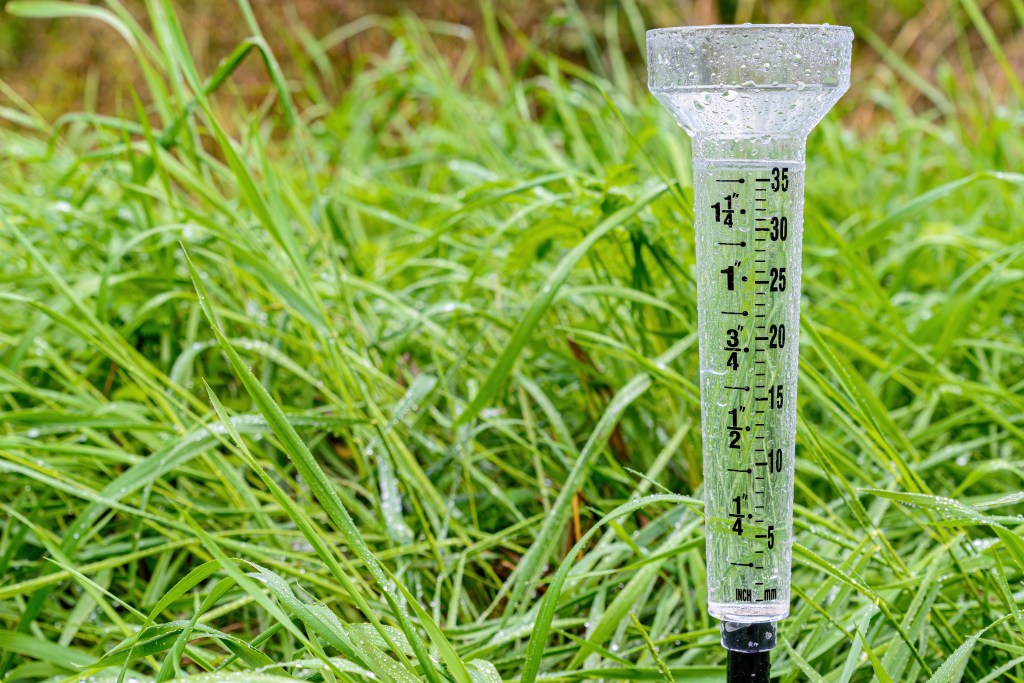How a Rain Gauge Can Boost Your Understanding of Local Environment Patterns
How a Rain Gauge Can Boost Your Understanding of Local Environment Patterns
Blog Article
Introducing the Science Behind Rain Determines: Exactly How These Gadgets Play an Important Role in Environment Study and Environmental Monitoring
Rainfall determines, apparently simple devices, hold a profound relevance in the realm of environment study and environmental tracking. As we peel back the layers of this scientific veil surrounding rainfall gauges, we discover a globe where accuracy, information accuracy, and careful observation converge to reveal a deeper understanding of our altering climate and its effect on the planet.
Importance of Rain Gauges
Rain gauges play a vital duty in surveillance and determining precipitation degrees, giving crucial information for climate research and evaluation. These gadgets are fundamental in evaluating the amount of rains that occurs in a details area over a certain duration. By gathering and measuring rain, rain gauges deal important insights into the distribution and strength of precipitation, helping meteorologists, hydrologists, and climatologists in understanding climate patterns and patterns.
In addition, long-term data accumulated from rain evaluates assists in assessing climate change effects and patterns, contributing significantly to scientific research and decision-making processes. In essence, rain evaluates serve as crucial devices in the area of weather forecasting and ecological scientific research, playing a critical role in advancing our understanding of weather and climate dynamics.
Sorts Of Rainfall Scales

Functionality and Operation
In the world of climate study and atmospheric research studies, the efficiency of rain gauges lies in their intricate capability and accurate operational devices. Rainfall determines are created to precisely measure the quantity of precipitation that falls over a details location throughout a set duration.
The capability of rain evaluates is based upon the concept of gathering and measuring rain in a standardized way. This accumulated information is essential for recognizing regional climate patterns, tracking long-term environment trends, and evaluating ecological impacts. To make sure exact dimensions, rainfall determines demand to be tactically positioned in open areas away from obstructions such as structures or trees that can disrupt the collection procedure.
The functional aspect of rain assesses view it now includes routine maintenance to protect against debris build-up, calibration checks to maintain measurement precision, and information tape-recording for evaluation (rain gauge). On the whole, the functionality and operation of rain evaluates are necessary for collecting dependable precipitation data crucial to environment research study and ecological surveillance
Duty in Environment Study
Given the important value of exact rainfall dimensions in comprehending climate patterns and ecological effects, the function of rainfall evaluates in climate research is important. Rain evaluates offer important data for climate research by quantifying the quantity of rainfall that drops over a certain area during a given duration. This information is vital for monitoring long-term trends in rainfall patterns, analyzing the impact of environment adjustment on rainfall distribution, and improving climate models.

Climate researchers make use of information gathered from rainfall gauges to evaluate variations in rainfall Clicking Here levels, identify local environment patterns, and assess the efficiency of water source administration approaches. By contrasting historic precipitation data with current dimensions, researchers can find shifts in rainfall patterns, such as modifications in the regularity or strength of rainfall occasions. This information is important for comprehending how climate adjustment is influencing precipitation dynamics and can assist policymakers make educated choices pertaining to adjustment and reduction techniques.
Applications in Ecological Surveillance

In flood projecting, rainfall gauge data aids to track rains intensity and distribution, allowing authorities to release prompt warnings and take necessary measures to minimize flooding risks (rain gauge). Drought surveillance relies upon rain gauge information to examine dampness levels in the soil and track precipitation shortages, aiding in the recognition of drought-prone locations and the application of drought feedback methods
Moreover, rain scale information plays an important duty in water source management by supplying details on water availability and use fads. Additionally, in agriculture, rainfall scale information assists farmers in enhancing watering timetables, plant selection, and general ranch monitoring methods based on regional rainfall patterns.
Final Thought
Finally, rainfall gauges are important tools for determining precipitation, offering important data for climate research and environmental monitoring. With different kinds and performances, rain assesses play an important role in comprehending precipitation patterns and their effect on the environment. By properly gauging rains, these gadgets add to the improvement of scientific knowledge and aid in making educated choices hop over to here associated to water resource management and calamity readiness.
Rain gauges play an essential role in surveillance and determining precipitation degrees, supplying necessary data for climate study and evaluation. The conventional rain scale, understood as the "tipping bucket" gauge, is one of the most commonly made use of tools. Ultrasonic rain gauges usage noise waves to discover the presence of rainfall, supplying real-time data on precipitation degrees.Climate scientists use information gathered from rain assesses to evaluate variants in precipitation degrees, identify local climate patterns, and evaluate the performance of water resource administration strategies.In final thought, rain assesses are essential devices for measuring rainfall, providing useful data for climate study and environmental surveillance.
Report this page